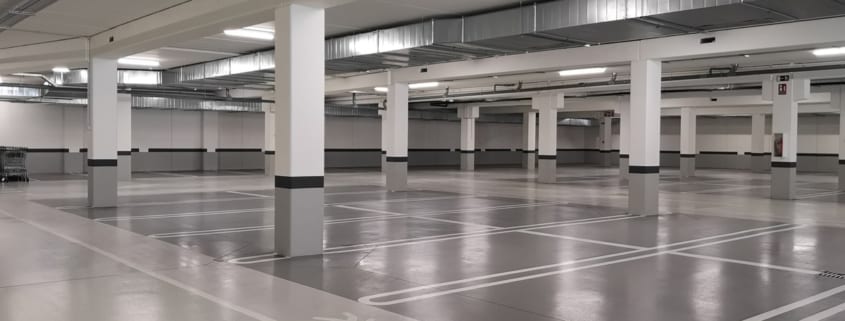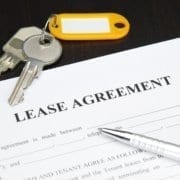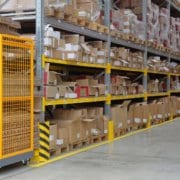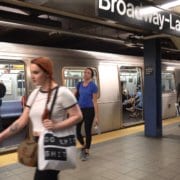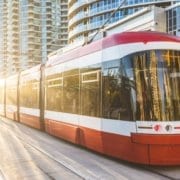How Urban Development Impacts Parking Supply and Demand
In the United States, the parking industry alone generates more than $20 billion per year in revenue, with more than 105 million parking spaces located throughout the country. With such a large number of spaces available, it should come as no surprise that parking has become such an important aspect of urban development and land use today. In fact, proximity to and availability of spaces in parking lots and garages, or a lack thereof, can significantly impact a city’s growth.
Until recently, the majority of cities have had minimum parking space regulations, requiring buildings to include a fixed number of off-street parking spaces based on the demand generated by the usage of these buildings. However, as urban areas become overcrowded, these minimum parking requirements are being reconsidered, leading to an ongoing challenge to adequately address the supply and demand of available parking spaces within heavily populated cities.
Read ahead for a deeper dive into how the growth of urban development is impacting the development of parking spaces for commercial properties.
Changing the Site Selection Process
As an influx in urban development occurs, finding the right location for buildings is becoming a much more important and selective task for owners and developers. While factors such as location, pricing, and visibility have always been heavy determinants during the site selection process, access to parking – particularly in highly dense areas – is another factor that should be regarded as important.
As the speed of new development increases, so does the need for parking that can easily accommodate a growing population of both people and businesses. While this sounds like an easily avoidable problem, many parking lots in urban areas are now being used as the foundation for new buildings, contributing to the need for higher parking ratios within cities.
A building’s parking ratio represents the number of available parking spaces divided by the property’s entire gross leasable area. Often, the higher the parking ratio, the more desirable and expensive the property will be. During the site selection process, owners and developers must determine if they are willing to pay more for a site that includes or has proximity to a parking lot or garage.
Developing More Mass Transit Systems
Almost 70% of the world’s population is expected to live in cities by 2050, forcing both newer and established cities to catch up with existing demand and plan for future needs. An increase in the development of mass transit systems is one result of this expedited timeline. And as young, well-educated Millennials move to the urban core, the development of transit systems will only continue to expand.
For many cities, capitalizing on the urbanization of Millennials means generating significant economic returns. With this mindset, more cities are willing to invest in light rails and other transportation facilities to attract them. In fact, much of today’s urban development is transit-oriented or created to inspire residents and visitors to ride bikes, walk, or participate in ridesharing.
As new urban development reshapes the traditional methods of transportation, parking demand for cities could potentially experience a decline. Some developers have already begun providing amenities, such as bike parking, scooters, designated ridesharing pick-up/drop-off locations, and transit passes, that reduce the need for owning a personal vehicle.
Enforcing On-Street Parking Regulations
Naturally, as urban development continues to expand, an increased number of tenants and residents are attracted to living and working in downtown areas, which rarely have enough parking to accommodate the ebb and flow of the daily traffic. And an increase in population translates into an increasing number of cars. As a result, cities are more heavily enforcing strict meter monitoring and regulation of on-street parking.
Parking and economic development are directly correlated, with one open on-street parking space being valued at $20,000 per year in revenue to the local economy. However, many cities struggle with maintaining a proper balance between the ratio of population to parking spaces. San Francisco is one city that has begun experimenting with new ways to effectively regulate and manage its on-street parking. The city has created the “SFpark” system, which is able to determine the population of each block and distribute parking spaces and meters accordingly, charging different rates depending on demand, day of the week, and time of day. This system is able to reduce traffic congestion, consumer waiting time, and emissions while increasing the availability of open, on-street parking spaces.
While each city’s on-street parking regulations will vary, the ultimate goal is to offer a solution that takes into account the density of available parking as urbanization continues to occur.
Read The Impact of Ride-Hailing on CRE Property Development to learn about this new trend’s impact on parking and development in cities.

